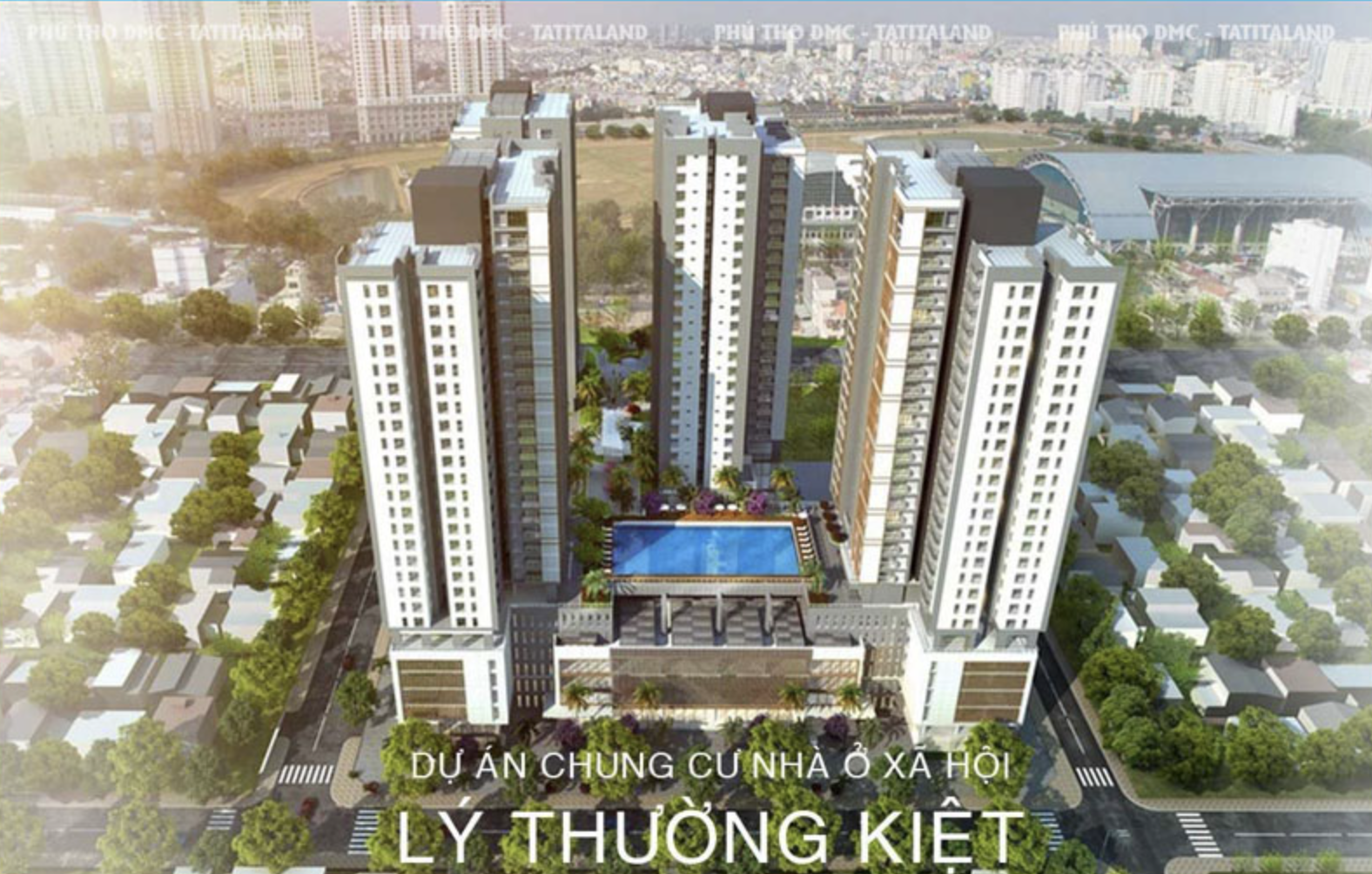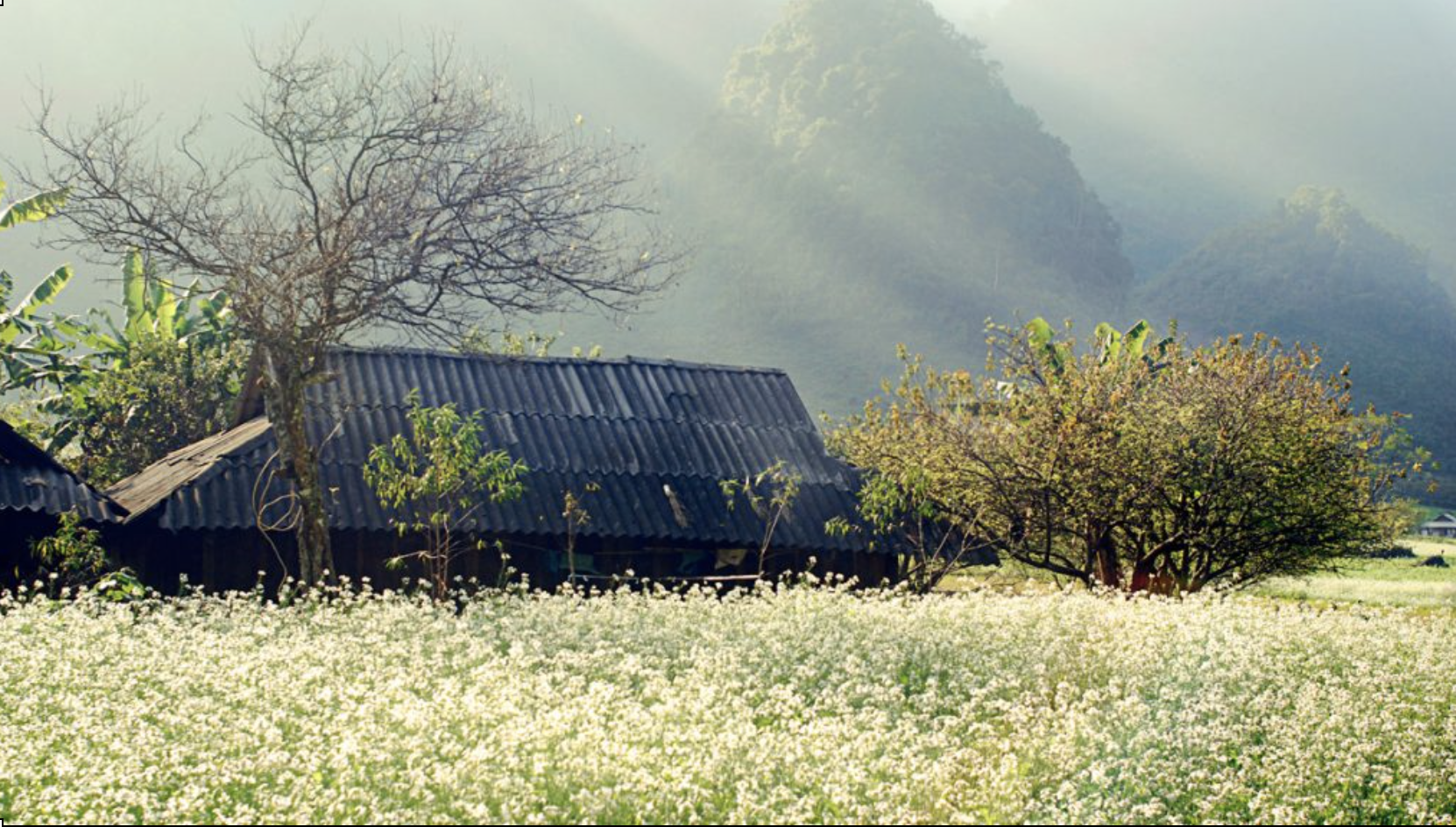Yangshuo is famous for a profusion of scenic hills and rivers. The Lijiang and Tianjia Rivers, which run by the town, are the two largest of the 12 rivers in the county. Peaks are so peculiar, so beautiful and so many that they are seen one after another to an incalculable extent. Famous scenic spots in Yangshuo include Jianshan Mountain, Bilian Peak, Shutong Hill, Yangshuo Park, Chuanyan Cave, etc. A commercial street in the town is also a tourists favorite. Native products are abundant thanks to the fertile mountains and rivers. Fruits here are most famous at home and abroad including orange, tangerine, pomelo, chestnut, kumquat, etc. – www.ecotourchina.com
Moon Hill The highway from Guilin turns southward at Yangshuo and after a couple of kilometer crosses the Jingbao River. South of this river and just to the west of the highway is a limestone pinnacle with a moon-shaped hole penetrating the hill. Hence the name Moon Hill. With an elevation of 380 meters, the hill is 230 meters in relative height and 410 meters in length.
Over 800 marble stairs leading to the cave were completed in 1981, giving convenience to those who want to get a close view of the cave. The cave is about 50 meters in height and width, shaping like a semicircular archway. In sunny day, blue sky and white clouds can be see through the cave and in cloudy and rainy day, the “moon” is deep in mist.
A series of cave have been opened up not far from Moon Hill: the Black Buddha Cave, New Water Caves and Dragon Cave. If you head out to Moon Hill, you will undoubtedly be intercepted and invited to visit the caves. The caves and famous spots, as well as people’s villages will even bring you a wonderful time! – www.ecotourchina.com
Cycling through Yangshuo countryside A popular riverboat trip is to the picturesque village of Fuli, a shout distance down the Li River, where you’ll see stone houses and cobbled lanes. If you’re keen on a river trip, the thing is that about three hours upstream from Yangshuo, the mountain scenery around Xing ping is breathtaking, and there are many caves.
Trekking through Yangshuo countryside There are some nice and aesy trekking path around Yangshuo and Longsheng. First is the one from Xingping to Yangdi, you have to take tansport to xingping first, then start the trekking along Li river, when near Yangdi, will have to take ferry crossing Li river, in Yangdi, meet your vehicle and drive back to Yangshuo. The trekking from Jiuxian old town along Yulong river to Moon hill, you have to take vehicle to Jiuxian old town, and start your trek there, after few hours trek, meet your vehicle at Moon hill, then back to Yangshuo.
Longsheng rice terraces Longsheng’s main attraction is definitely not the town. Not far out of town, however, are the Dragon’s Backbone Rice Terraces (longji titian) and a nearby hot spring. The hot spring is a tacky tourist highlight. The area is reminiscent of Banaue in northern Luzon, Philippines. It is possible to desert the bus around 6km to 7km from the hot spring and take off into the hills for some exploring. The three protected natural reserves (Huaping, Peng Zu Ping and Xijiang Ping ) have forest and luxuriant vegetation and are known as “Plants Treasure House”. The ‘Live Fossil” Cathaya Argyropghylla grows in Huaping forest area. When you return from the day’s outing, Longsheng offers good accommodation and food at its lively night market.
Longsheng Scenery and Folkways The national customs of the Longsheng are rich and colorful from the pole Dancing of the Zhuang to Harmony Folk Songs of the Dong. The Reed-Pipe Dancing, Bride Carrying water and Long Drum Dancing of the yao to the stick of lncense Dancing of Miao,. They all have their own distinctive national Characteristics, The colorful customs and folk songs are pleasing to both the eyes and mind. The fragrant Pearl Oil Tea Of the Miao and the mellow Dragons Backbone Wine of the Zhuang, the Alid Banquet of the Dong and Bamboo Rice of the Yao possess their own ethnic flavors as well as these Fascinating Customs and traditions,. There are many buildings of different styles, the ingenious Drum Tower, the wind Rain Bridge of the Dong and the Dras Jiac Tower of the Zhuang, if you come here, you will certainly be treated cordially by the hospitable nationalities. – www.ecotourchina.com
Dragon’s Backbone Rice Terrace There are about 66 square kilometers terraced fields in southeast of Longsheng, 22.5 km. from the town seat, of which the terraced fields in Heping county show a picture of great momentum and imposing beauty, being reputed as “unrivalled in the world” and made one of the best 20 scenic spots in Guangxi. Dragon’s backbone terrace was first built in the Yuan dynasty and completed in the Qing dynasty as the crystallization of the wisdom and labor of the Zhuang people. The terraced fields are built along the slope winding from the riverside up to the mountaintop, with the highest place of an elevation of 885m and the lowest 380m. The coiling line spirals up from the mountain foot to the top, making the mountain looks like huge snail seen from afar.
– www.ecotourchina.com
Sanjiang Dong Ethnic Minority and the Wind and Rain Bridge
About Sanjiang in “Rough Guides” Two-and-a-half hours west of Longsheng the bus crosses a high stone bridge over the Rongshui and clatters into the main street at SANJIANG , the small, desperately untidy capital of Sanjiang Dong Autonomous County . Sanjiang’s main attraction is the neat, indigo-clad Dong themselves, a people renowned for their wooden houses, towers and bridges which dot the countryside hereabouts, and it’s well worth roving the region with the help of minibuses and converted tractors known locally as “Dong taxis”. There’s a scattering of simple hostels and places to eat, and villagers will sometimes offer lodgings and sustenance – characteristically sour hotpots, oil tea (a bitter, salty soup made from fried tea leaves and puffed rice), and homemade rice wine – though it’s polite to offer payment in these circumstances. Language can be problematic, as many locals can’t speak putonghua, let alone English; people are, however, very friendly.
The Dong Ethnic Minority Nestling among the tree-clad hills dotting an extensive stretch of territory on the Hunan-Guizhou-Guangxi borders are innumerable villages in which dwell the Dong people.
The population of this ethnic group in China is 2.5 million. Situated no more than 300 km north of the Tropic of Cancer, the area peopled by the Dongs has a mild climate and an annual rainfall of 1,200 mm. The Dong people grow enormous numbers of timber trees which are logged and sent to markets. Tong-oil and lacquer and oil-tea camellia trees are also grown for their edible oil and varnish.
The most favorite tree of the people of this ethnic group is fir, which is grown very extensively. Whenever a child is born, the parents begin to plant some fir saplings for their baby. When the child reaches the age of 18 and marries, the fir trees, that have matured too, are felled and used to build houses for the bride and groom. For this reason, such fir trees are called “18-year-trees.” With the introduction of scientific cultivation methods, a fir sapling can now mature in only eight or 10 years, but the term “18-year-trees” is still current among the Dong people.
Custom and Habits The Dongs live in villages of 20-30 households located near streams. There are also large villages of 700 households. Their houses, built of fir wood, are usually two or three stories high. Those located on steep slopes or riverbanks stand on stilts; people live on the upper floors, and the ground floor is reserved for domestic animals and firewood. In the old days, landlords and rich peasants dwelled in big houses with engraved beams and painted columns. Paths inside a village are paved with gravel, and there are fishponds in most villages. One lavish feature of Dong villages are the drum towers. Meetings and celebrations are held in front of these towers, and the Dong people gather there to dance and make merry on New Year’s Day. The drum tower of Gaozhen Village in Guizhou Province is especially elaborate. Standing 13 stories high, it is decorated with carved dragons, phoenixes, flowers and birds.
History At the time of the Qin and Han dynasties (221 B.C.-A.D. 220) there lived many tribes in what is present-day Guangdong and Guangxi. The Dong people, descendants of one of these tribes, lived in a slave society at that time. Slavery gradually gave way to a feudal society in the Tang Dynasty (618-907).
The Symbol of a Dong Village: the drum-tower A drum-tower is a unique building style of Dong, wide spread in Dong areas of Guizhou and Guangxi Provinces. A village or a large family join up to build one drum-tower, as a Dong folk song says, “Before the stockade, build Sa Altar and drum-tower first.” Whenever they build a new village, they would build a grand drum-tower first, and then Diaojiaolou Wooden Houses (pile dwellings) around it. Therefore, nowadays there is a grand and eye-catching drum-tower standing in the centre of each Dong village. Large or rich villages may even build four to five drum-towers. Looking at a Dong village, one can see drum-towers, standing high and upright among the Diaojiaolou Wooden houses.
Covered bridges There are many of covered bridges in Sanjiang, called Wind and Rain Bridges. These were traditionally built by the Dong minority people. – www.ecotourchina.com





